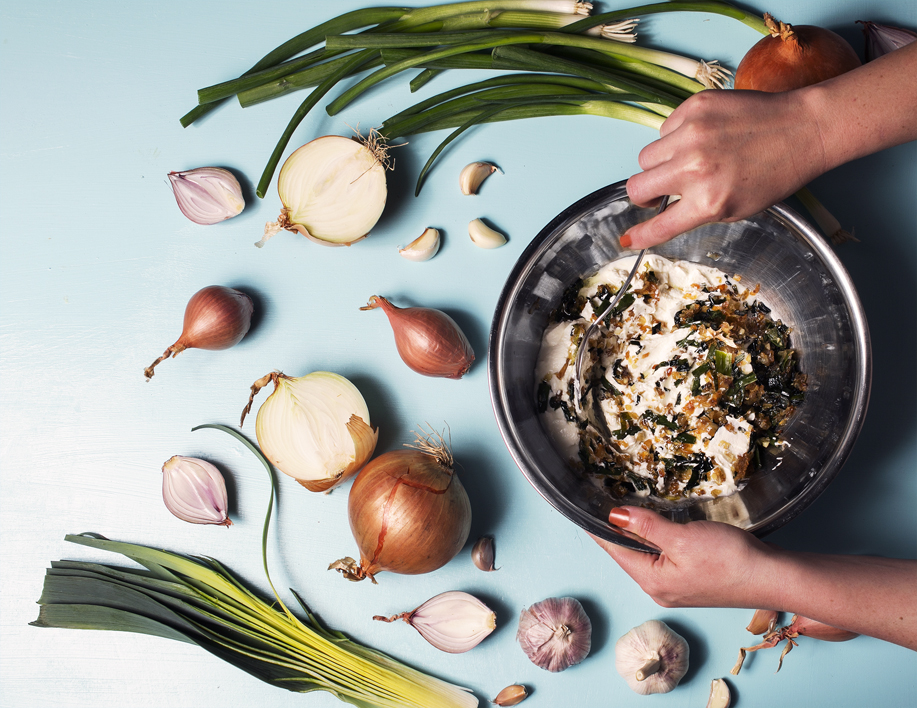Lilies I Have Loved
Families are interesting. Some, of course, more so than others. I’m thinking of those large clans, known by most people in their town. Among them are the family members who always dress well and are always perfectly groomed. These upstanding members of the community would never dream of wearing their pyjamas to take the recycling out. They’re too well mannered to express strong opinions of any kind and, therefore, rarely say anything interesting at all. They’re admirable in many respects, but it’s the other ones you’re secretly happy to meet at a party. The siblings, cousins, and uncles with real personality, a certain fire that makes for fascinating conversations that have you staying up well past bedtime.
I’m talking about the lily family. True confession: I’ve never been quite comfortable around those showy, designer-clad Liliums like the perfectly pretty Stargazer and the exotic Tiger. I don’t even like the way they smell. It’s the earthy side of that family that most interests me: the alliums, which are considered cousins. (Or perhaps second cousins? I’ve never been clear on these kinship definitions.) Sure, onions can be a little pungent and the leeks almost always have dirty little secrets. You might regret spending too much time in garlic’s company. But I’ll take them over their uppity, eager-to-please relations any day. Show me the bride who walks down the aisle with a bouquet of twisting, turning garlic scapes; I want to be that girl’s friend.
The onions themselves are a fascinating branch of the clan: white, yellow, red, green—what a rainbow! Don’t be confused if a recipe, striving to be exotic, calls for a Spanish onion. More commonly called yellow onions, they are the most common type and available at almost every grocery store.
They also vary in strength and size. There’s the darling baby pearls and the adorably chubby cipolline, so reminiscent of wobbly toddlers. These, with their higher sugar content, are unbeatable for caramelizing. (They are rather thin-skinned, which makes peeling a bit of a challenge, but that task will be easier if you pop them into boiling water for a minute first.) Roast them, braise them, or skewer them with bell pepper chunks and mushrooms for your grill. Other onions of a particularly sweet nature are Vidalia and Walla Wallas, named for the Washington state town where they are grown. Fans of the latter insist they are best eaten raw. “Bite into it like an apple,” one told me. I remain unconvinced. Unless we’re talking the green variety, I prefer my onions cooked.
I’m not alone in my enthusiasm for cooking with alliums. While poor garlic still strikes fear in the hearts of the unenlightened, onions are almost universally loved. In fact, they are the world’s most ubiquitous vegetable, eaten and grown in more countries than any other.
How many recipes begin with a base of sautéed onions? The French mirepoix is onions, celery, and carrots. Swap the carrots for green bell peppers and you have a base for Cajun jambalaya. Many Indian curries start with chopped onions and whole spices. It’s hard to imagine any kind of stew without them.
And yet, there are those who manage to live without any alliums at all. Some have life-threatening allergies; others have sensitivities that mean they feel better when they avoid them. I personally would struggle to cook (and eat) with such restrictions, but they make do with ginger, spices, and herbs. Fortunately, in this digital age there are numerous websites and blogs to provide these cooks with inspiration.
The dip will not be on any of their menus, nor will the pasta dish that inspired it. Mario Batali made famous a dish called Rigatoni with Five Lilies and Ricotta Salata. It calls for sweet onions, red onions, leeks, and garlic to be sautéed until caramelized and meltingly soft. Toss with boiled and strained rigatoni, then serve with fresh chives and ricotta salata (the salted version of the creamy fresh cheese). With summer finally upon us, I’m less inclined to eat pasta, even one so brimming with alliums in season. Instead, I created this riff on the classic onion dip. Serve it with potato, parsnip, or beet chips. Dunk button mushrooms or baby carrots into it.
Here’s one more idea: a fun nod to the 1980s if you’re feeling nostalgic. Start with a round peasant loaf, preferably whole wheat or rye, and slice the top off. Pull chunks of bread from the loaf, hollowing out a bowl shape and fill with dip. Guests can dip the bite-sized pieces of bread, along with the crudités you serve for colour. It’s a (previously) unstated rule that the person on post-party dish duty gets to eat the “bowl.”






